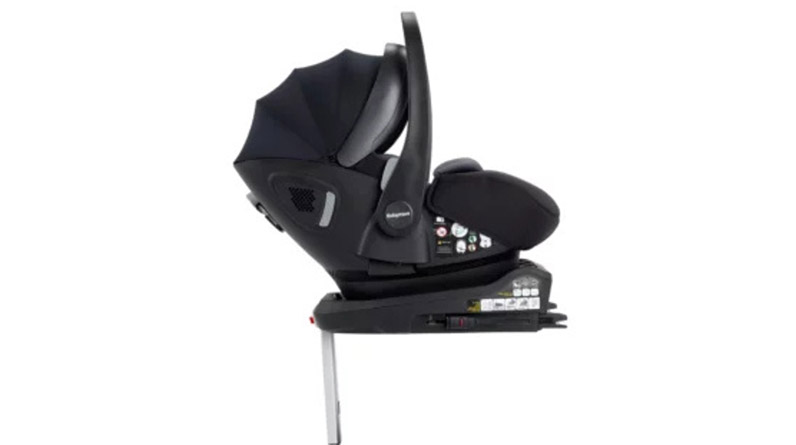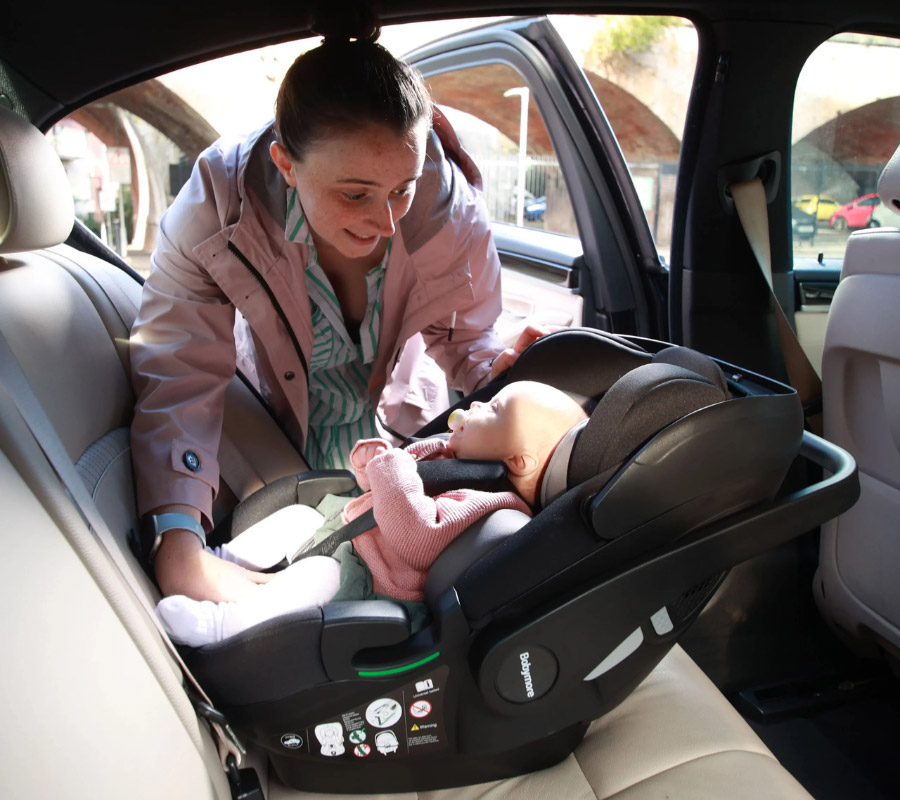One of the very first journeys you will ever take with your newborn is the trip home from the hospital. From that moment on, ensuring their safety in the car becomes one of a parent’s most important responsibilities. A correctly chosen and properly fitted car seat is a non-negotiable piece of safety equipment, and in the UK, the law requires every child to use an appropriate baby seat until they are 12 years old or 135cm tall, whichever comes first. But with a bewildering array of types, regulations, and features, how do you choose the right one?
This guide is designed to be your definitive resource for car seat safety. We will demystify the regulations, explain the different stages, and provide practical, actionable advice to ensure you can travel with your little one with complete confidence and peace of mind.
1. Understanding the Law: i-Size (R129) Explained
The most important thing to know about car seat safety in the UK is the current regulation, known as i-Size (or R129). This is the new, higher safety standard that is gradually replacing the older R44 regulation. i-Size seats are considered safer for several key reasons: they offer better side-impact protection, they make it mandatory for babies to travel in the rear-facing position for longer (until at least 15 months), and they are classified by your child’s height, which is a more accurate measure than weight.

2. The Different Stages of Car Seats
Car seats are designed to grow with your child, and they are typically grouped into stages based on height or weight. For a newborn, you will start with an infant carrier, which is a specialized seat designed for the first year of life. Many parents opt for a versatile travel system from a trusted brand like Babymore, which allows you to seamlessly click the infant carrier from the car onto a pushchair frame, offering incredible convenience without compromising on safety. As your child grows, you will move on to a toddler seat and then a high-backed booster seat.
3. Rear-Facing for Longer: The Safest Way to Travel
One of the most significant safety advancements championed by the i-Size regulation is the requirement for extended rear-facing travel. In the event of a frontal collision, a rear-facing car seat provides far superior protection for a baby’s delicate head, neck, and spine. A baby’s head is disproportionately heavy compared to the rest of their body, and their neck muscles are still developing. A rear-facing seat cradles them and distributes the force of an impact across the entire seat shell, dramatically reducing the risk of serious injury.
4. ISOFIX vs. Seatbelt Installation: What’s the Difference?
There are two ways to install a car seat: using the car’s adult seatbelt or using the ISOFIX system. ISOFIX is an international standard for attachment points in cars. It involves two metal anchor points located in the gap between the seat cushions of your car, which the car seat (or its base) clicks directly onto. Research has shown that ISOFIX significantly reduces the risk of incorrect installation, making it the safer and more recommended choice.
5. The Importance of a Correct Fit and Installation
A high-quality car seat is only effective if it is installed correctly. It is shocking how many car seats are fitted incorrectly, which can compromise their safety in a crash. When installing your seat, ensure it is fitted as tightly as possible with no more than an inch of movement at the base. The harness straps should be snug against your baby’s collarbone—you should only be able to fit one or two fingers between the strap and your child’s chest.
6. Why You Should Never Buy a Second-Hand Car Seat
While it can be tempting to save money, you should never buy or use a second-hand car seat. You have no way of knowing its history; it could have been involved in a car accident, even a minor one, which could have caused unseen structural damage that would make it unsafe. It may also be missing crucial parts or instructions, or it may no longer comply with the latest safety standards.
7. The Dangers of Bulky Clothing in a Car Seat
A common winter mistake is to strap a baby into their car seat while they are wearing a thick, puffy snowsuit or winter coat. In a collision, the puffy material can compress, creating a large, unsafe gap between the harness and your baby’s body, which could lead to them being ejected from the seat. The safest method is to remove their coat, strap them in securely, and then place a blanket over the top of the harness to keep them warm.
8. How to Know When It’s Time to Move to the Next Stage
It is crucial not to move your child to the next stage of car seat too early. For an i-Size infant carrier, you should keep your baby in it until they reach the maximum height limit specified by the manufacturer, or until the top of their head is level with the top of the seat shell. It is perfectly fine if their legs are bent; this is not a safety concern.
9. The “Pinch Test”: Ensuring a Snug Harness
A simple way to check if your baby’s harness is tight enough is to use the “pinch test.” Once you have buckled and tightened the straps, try to pinch the harness webbing horizontally at your baby’s collarbone. If you can pinch a fold in the webbing, it is too loose and needs to be tightened further. If your fingers slide off, it is snug and secure.
10. The Final Checklist Before You Travel
Before every single journey, it’s a good habit to run through a quick mental checklist:
- Is the seat securely installed with no wobble?
- Are the harness straps at the correct height (at or just below the shoulders for rear-facing)?
- Is the harness snug enough (can you pass the pinch test)?
- Has your baby’s bulky coat been removed?
By making these checks a routine part of every trip, you can be confident that your most precious passenger is as safe as possible.



